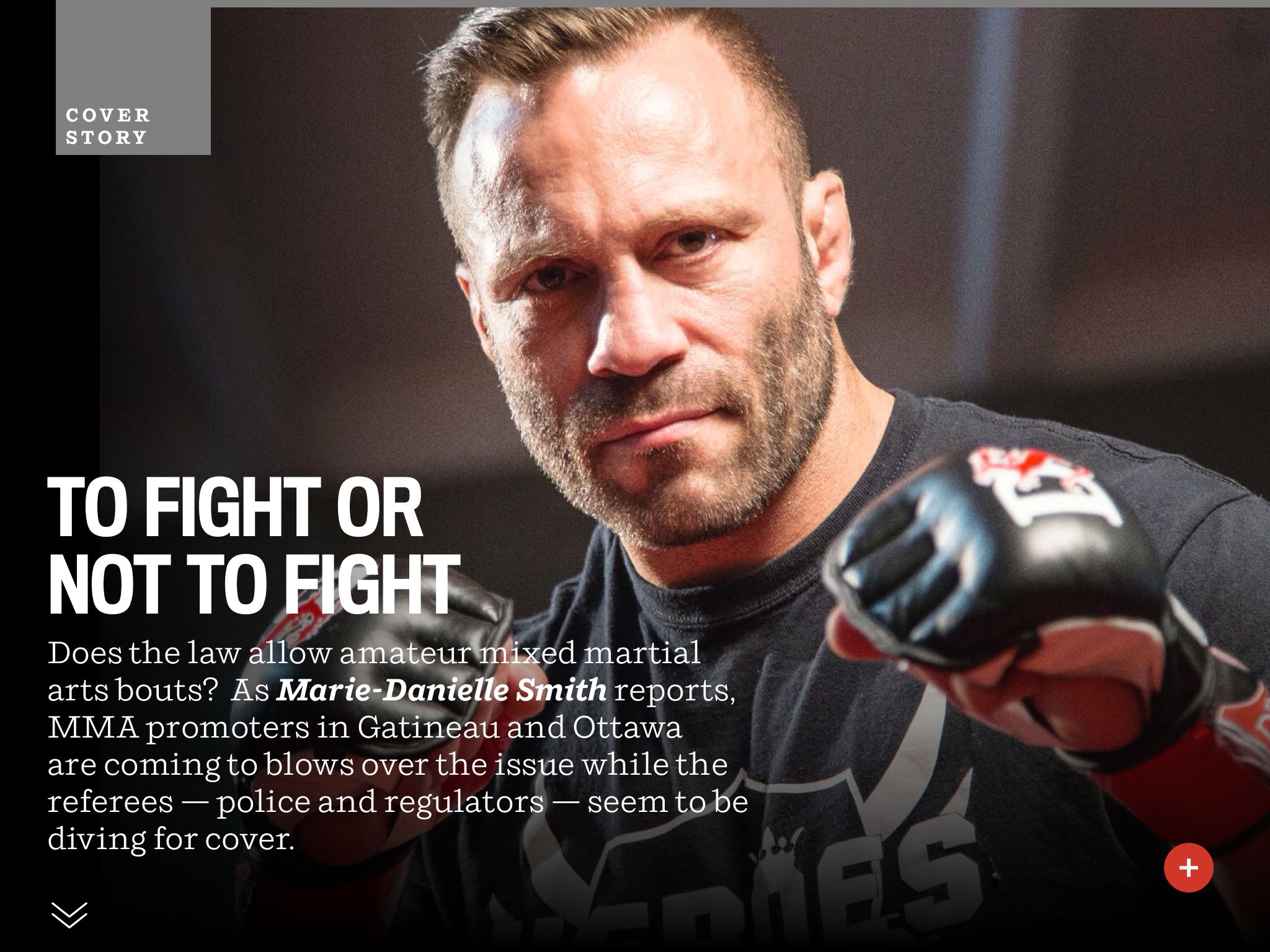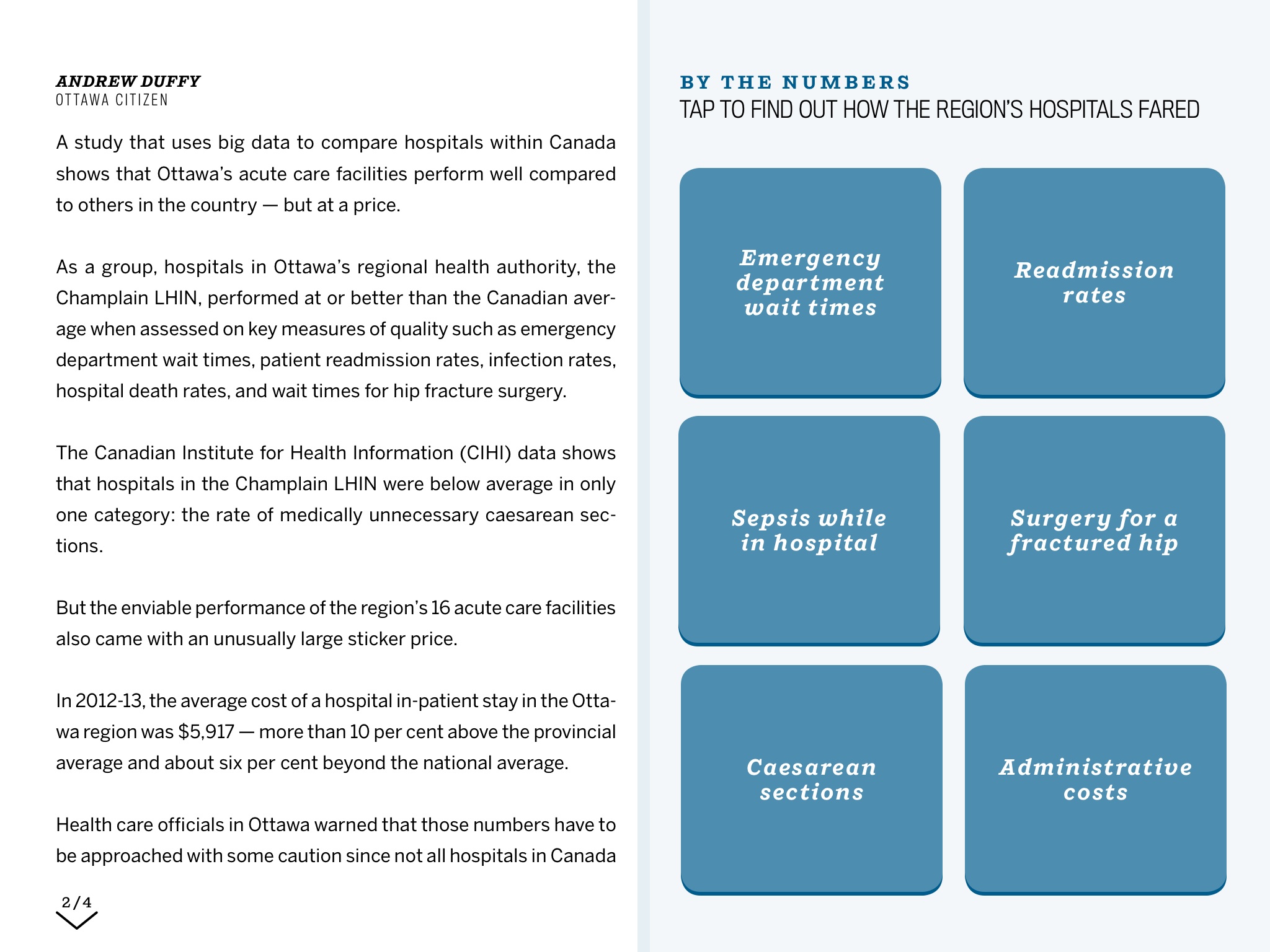Great to come upon this study by two Drake University professors, Jeff Inman and Jill Van Wyke. I am in the midst of preparing my presentation for the WAN IFRA Tablet Summit in Amsterdam, October 14. It will be my second consecutive appearance there, and I know that one of the questions in the audience’s mind will be my perception of how things have changed since I wrote my digital book The iPad Design Lab: Storytelling in the Age of the Tablet.
I recommend this study highly for those interested in catching up with the role of tablets in the midst of this unparalleled digital revolution.
The authors of the study provide a rich history of the tablet in magazines since the iPad came out April 3, 2010. They break their historical account by year, offering the following highlights:
Highlights of the study
—2010: High hopes at the beginning when Apple iPad hit the market, April 3,2010. Who can forget those great pioneers of the tablet magazine editions, such as Sports Illustrated (in December 2009) and Wired (February 2010), which released slick concept videos showing digital magazines with rich graphics, multimedia, interactivity, social sharing, updated content, dynamic advertising, and tons of what I came to call as “finger happy moments.”
—2011: According to the authors of the study, this was a “watershed” year: Tablet ownership and reader acceptance of digital magazines accelerated. However, one important observation: Popular Mechanics and The New Yorker found that their readers resisted excessive interactivity, so they became far more selective in choosing what elements to enhance. In other words, it is good to give the finger something to do, but not too much!
—2013: Publishers had arrived at a more measured and realistic understanding of mobile and were still seeking a sound, focused strategy – for advertising, circulation, and editorial – that would make their investment in mobile worthwhile. I would say that this is where many publishers still are, finding their way, trying to adapt to how their specific publications fit into their audiences expectations for a tablet edition.
—2013: Important moment for magazines and tablet editions: With digital revenue still small for most magazines and tablet revenue insignificant, publishers wrestled with a dilemma: whether to design one stellar, enhanced app for one device and fewer readers, or to design for multiple devices, reaching more people but with a lesser-quality product.
Time to regroup and to reorganize.
Now it is 2014, and 42 percent of U.S. adults owned a tablet.
And it is obvious to anyone walking thru a mall, an airport or a train station, that those tablets are out there in full force.
But there are many more smartphones in all of those places.
People are reading more on those phones.
As the study reminds us, there is a “move away from richly enhanced tablet editions”.
“The industry overshot the interactivity early on,” said Hearst President David Carey. “What we discovered is that most people just want the product itself.”
While many digital magazines do offer enhanced content, many more do not, instead opting to release replicas of their print product.
IN my view, I am hoping that this is transitional. But I also know that those flights of fancy of 2010, when the iPad made its grand entrance, have now evaporated. Advertisers have not come to the tablet with the enthusiasm that many expected. The smartphone has surged as the mobile platform of preference. With responsive design, it is much more practical to have one look & feel, one set of visual hierarchy that extends across platforms.
Yet, I still believe in some type of enhancement of storytelling for the tablet. Not for every story, but for stories where the content calls for certain strategies that cannot be carried out in the original print edition, adding videos, audio clips, slideshows, book excerpts, interactive graphics, or animated story introductions to the original content. I am convinced that these enhance the user experience and are still welcome by tablet users both in magazines and newspapers.
According to the study, those who would like to see magazines with highly enhanced content can go to these titles: Reader’s Digest, People, Time, Sports Illustrated, ESPN, National Geographic, Maxim, Better Homes and Gardens, Cosmopolitan, and Game Informer.
How the study may apply to newspapers
As I review the study from the Drake University professors, and as I also work on my presentation for a primarily newspaper-driven audience at the WAN IFRA Table Summit 2014 in Amsterdam Oct. 14, here are some thoughts that come to mind:
1. Like magazines, some newspapers also embraced the arrival of the iPad in 2010 with rich graphics, multimedia packages and lots of finger happy moments (who can forget the sight of Marilyn Monroe’s white dress blowing up as seen in Germany’s Bild Zeitung?). In fact, Bild’s tablet edition extravaganzas were a staple of my early presentations about tablet design and storytelling. Somehow, by 2013, Bild had become less finger happy in its tablet edition, and went more the way of enhancing content and staying closer to the print product.
At the same time, The Daily, the first for iPad newspaper, was neither nor: it had no print predecessor as such, but it imitated a print tabloid newspaper in a lot of its treatments, with few enhanced stories. It was perhaps a strange animal that neither readers nor advertisers understood well and/or developed an affection for.
2. By the start of 2013, a majority of newspapers had a presence on the iPad, but more and more it was one that stayed closer to the print product. I began to hear more stories about how popular those pdf editions of the printed newspaper were with many readers.
Two standouts:
—The Danish newspaper, Berlingske managed to approach its tablet edition, morning and evening, with enhanced content, a unique tablet experience, and the inclusion of the pdf edition of the newspaper. I still think that this is one of the best tablet editions out there. Your finger is stimulated, but not overly so.
—In Canada, the French-language newspaper, La Presse, introduced a revolutionary tablet edition in April 2013. From the start, its publisher announced that the tablet edition could some day replace the printed edition of the newspaper. A year later, it is installed in more than 450,000 tablets, making it the most popular Newsstand app in Canada. La Presse has also launched an Android edition. La Presse is distributed free, and its business model totally based on advertising.
3. Then in 2014, The Ottawa Citizen reinvented its entire operation, and introduced an evening tablet edition that is an enhanced version of its print and online content. In my view, it is a tablet edition without pretenses. It starts with compelling stories, it selects a few to enhance with video, audio clips and other finger-happy moments. It is a favorite with readers.
A chat with Jens Jørgen Madsen of Denmark’s Berlingske
Mario:
You have one of the most successful newspaper tablet editions. What are you doing differently today from two years ago?
Jens:
“It's all about relevance. It’s about meeting the readers where they are – to help them navigate in the world and their everyday life – to give them an overview. What hasn’t changed is, that we still believe that we don't need to give them a lot. There is still a lot of news and info out there. It's actually more and more important to give them the compact easy read edition of what's important now……and, yes, there is less dingling and whistling….”
Mario:
How about including a PDF version of the printed newspaper for your tablet readers? Is that still a success for your newspaper?
Jens:
The PDF is still a big hit. One of the simple reasons is that there is a beginning and an ending. You let the user know where to start and take control of all the content. They might not read it all. Or maybe just a fraction. But they don't get lost.
Mario:
Do you believe that readers will come to your mobile devices to read long stories?
Jens:
“They already do. And we are working on improving our long read format. As for most other media companies – I guess – readers either want the quick, easy ready overview, or they want the well written story, the in depth article and guidance. This means that everything in between is losing. Or at least less attractive.
We have as well worked hard with improving our daily interactive storytelling as part of Berlingske Aften (evening).
Take a look at some of the infographics from Berlingske Tidende here:
A conversation with Carl Neustaedter, deputy editor, senior producer, iPad Edition





Mario:
It’s been five months since The Citizen launched its brand new iPad evening edition: how would rate progress so far?
Carl:
“It’s still early days but we are hitting our stride putting out a daily tablet, finding the right mix of stories with interactive sizzle and those that can be done quickly on deadline. It helps that newsroom culture is starting to absorb the four-platform workflow: For example, photographers now know what we’re looking for in video, and even panoramas, so we don’t always have to ask.”
Mario:
What would you describe as key elements of the Citizen’s iPad edition that have evolved with time?
Carl:
“Postmedia’s central tablet team in Toronto, which produces stories that all our local markets will use, is creating some very innovative interactive stories. They’re such a delight to explore.”
Mario:
What’s the next stage of evolution for your already successful iPad edition?
Carl:
“With two more newsrooms joining us in producing tablet editions this fall, we’re looking forward to seeing what innovations they will bring and then incorporating some into our product. This process of adding a ‘network’ of sister tablet editions acts as an incubator that will continue to make each of the products better.”
The Drake University Study
http://aejmcmagazine.arizona.edu/Journal/Summer2014/InmanVanWyke.pdf
Additional/related tablet reading
La Presse’s New Tablet App: Too Lean Back?
https://garciamedia.com/blog/pla_presses_new_tablet_app_too_lean_back_p
Berlingske: Here is tablet app that strikes the balance
https://www.garciamedia.com/blog/pdenmarks_berlingske_tidende_here_is_tablet_app_that_strikes_the_balance_of
The Ottawa Citizen for iPad: Precisely what a tablet edition should be
https://www.garciamedia.com/blog/ottawa_citizen_for_ipad_precisely_what_a_tablet_edition_should_be
Weekend Reads:
Highlight:
Citing Media Insight Project research, American Press Institute executive editor Tom Rosenstiel told attendees “You do not have a ‘mobile audience’ or a ‘print audience.’” They aren’t distinct audiences, he said, because most Americans are cross-platform news consumers. A majority of them use four devices or technologies to access news per week.